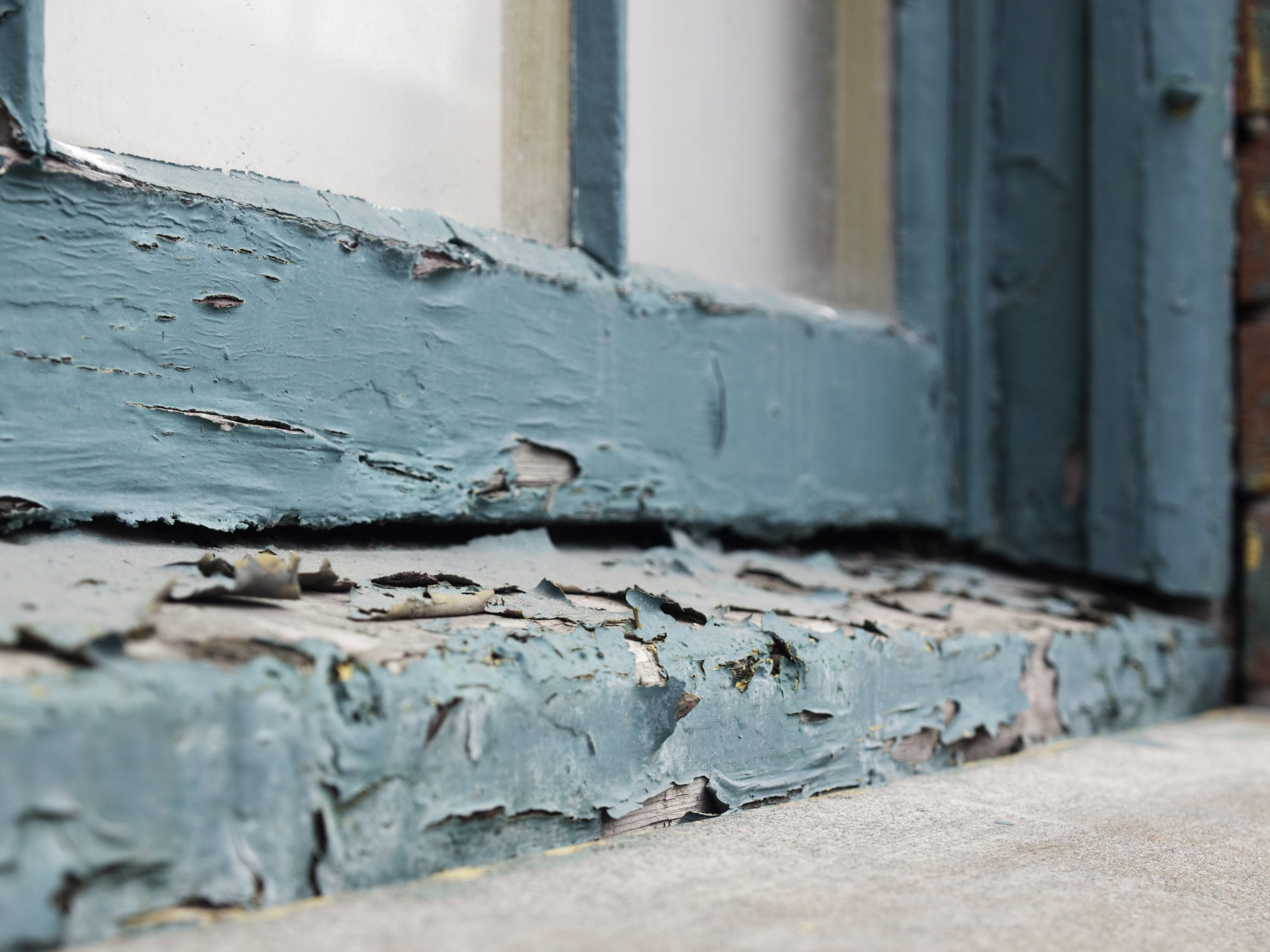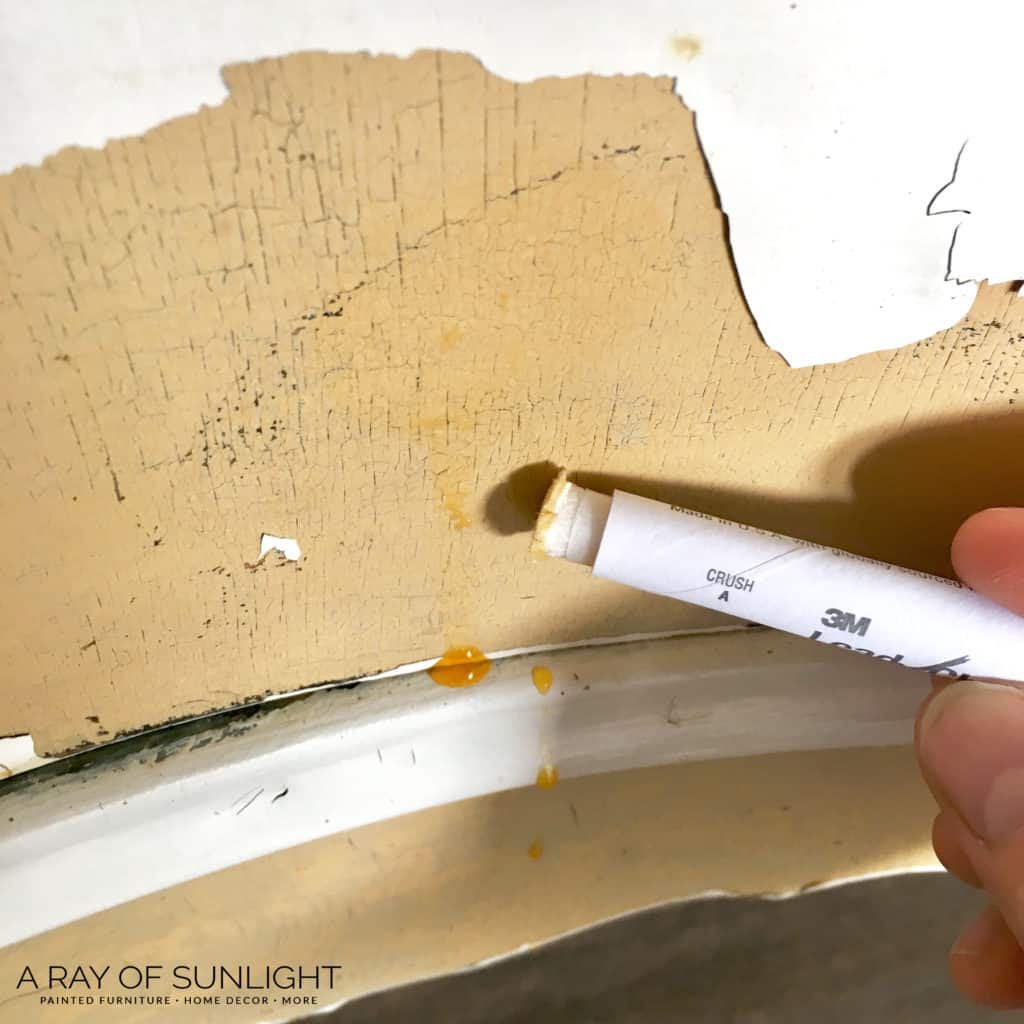How To Clean Up After Sanding Lead Paint
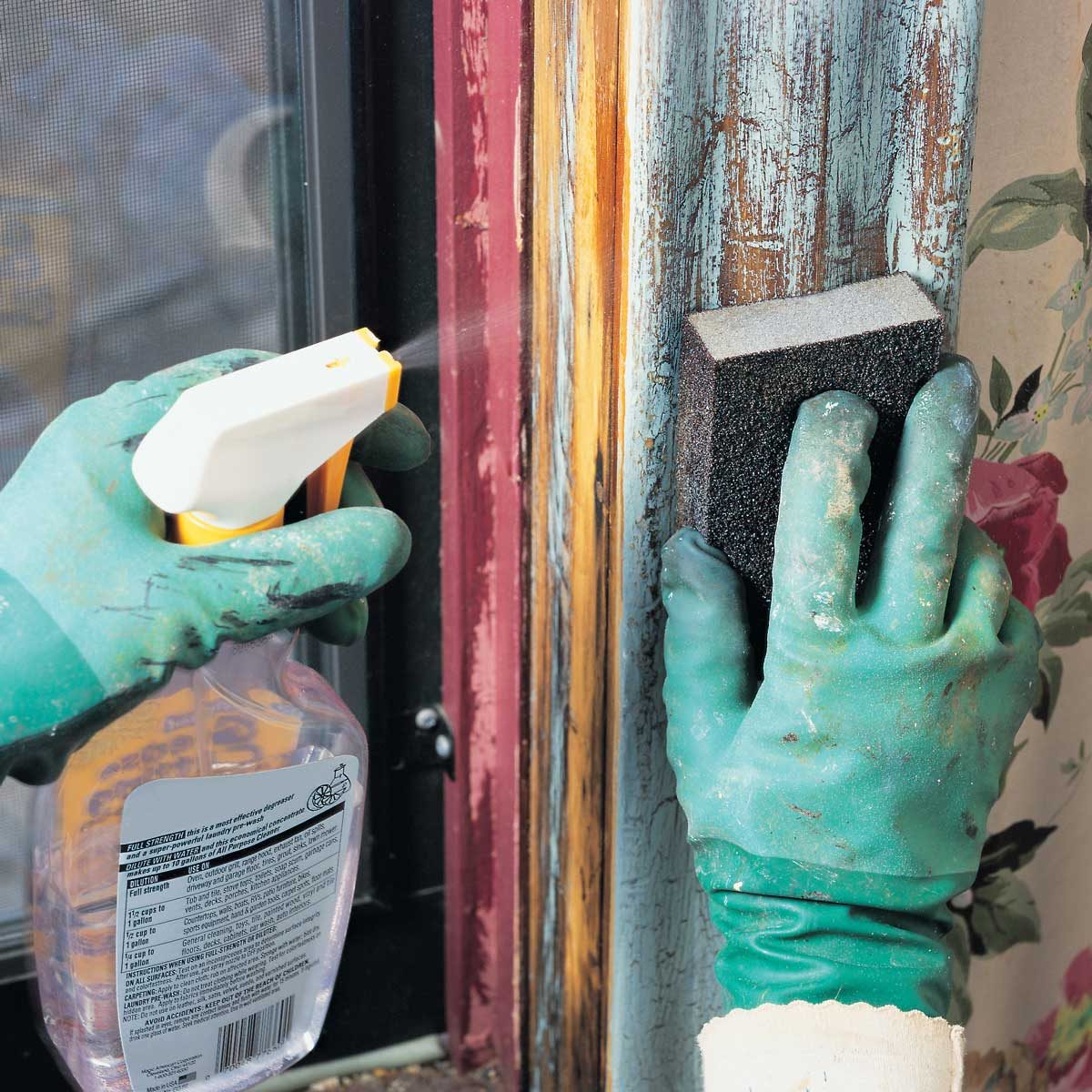
Paint removal by blasting burning dry scraping dry sanding and using power tools creates the most serious dangers because the particles are small enough to be inhaled or deposited in furnishings or carpet making complete removal extremely difficult.
How to clean up after sanding lead paint. If it is seriously dirty steam clean after a thorough vacuuming. You can remove painted trim and window sashes and send them out to a professional paint stripper. There are a few different ways you can remove this residue but through trial and error the most effective way for me has been through the use of mineral spirits and steel wool.
Use liquid paint remover on smaller areas such as windowsills or doors. Put on gloves and pick up any paint chips on the floor or around windows. If anything is more important it is to clean the surface thoroughly after sanding as the process accumulates a lot of dust.
Spray areas of chipped or peeling paint thoroughly with a spray bottle filled with water. Use wet techniques when prepping exterior as well as interior lead paint. The process is called sanding because the main element used for wearing out the fibers is sand.
If you want to remove all the paint compare the cost and time of other options. If old paint is not handled properly lead dust and paint chips can remain in the home or on the garden years after the work is completed. The first thing to do when dealing with lead paint is to find any areas where its wearing down.
Remove Lead Paint Safely Equipment of the type used on the lead paint removal project consists of handheld needle gun unit connected to vacuum unit with HEPA filter that empties directly into the waste container. Scrape off as many paint chips as you can. If using contractor bags apply gooseneck taped seals.
Also heat guns used to strip old paint may not exceed 700 degrees Fahrenheit to keep lead fumes out of the air. Thoroughly rinse sponges and mop heads. Then seal all vents closed with strong plastic and tape.



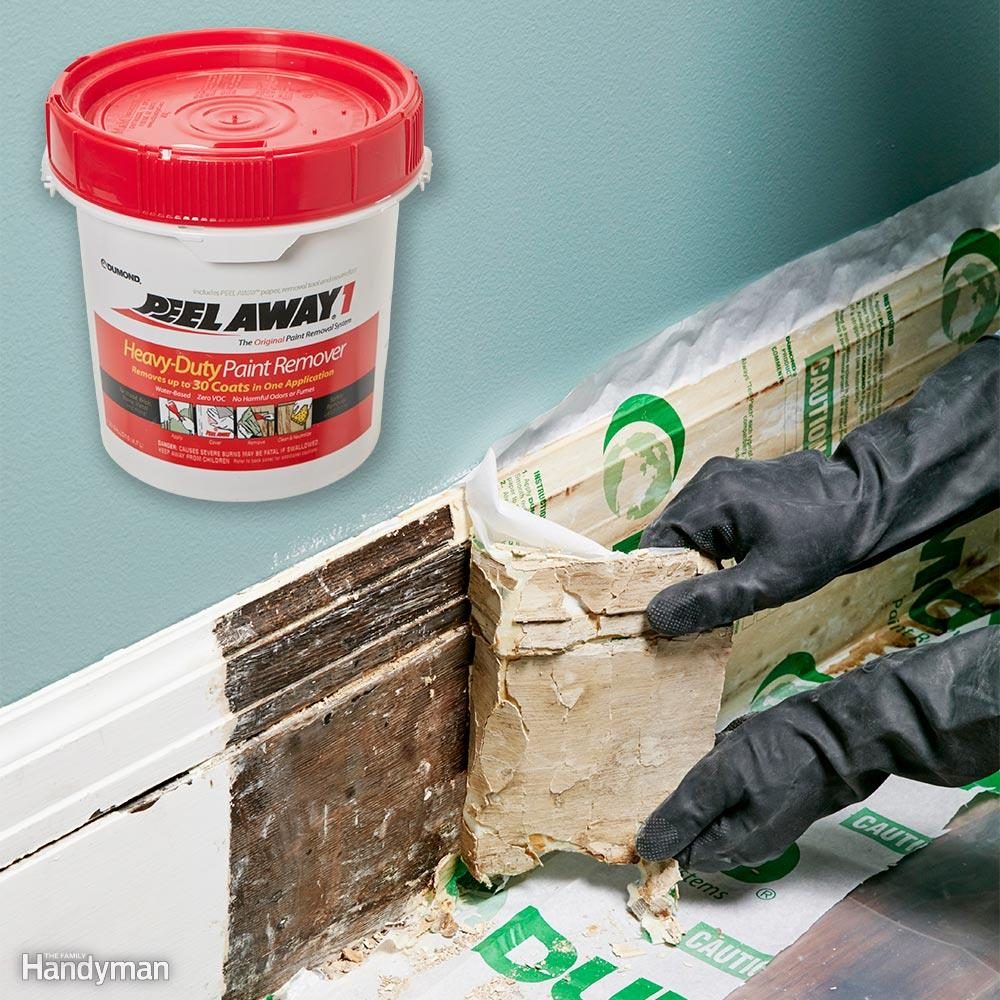
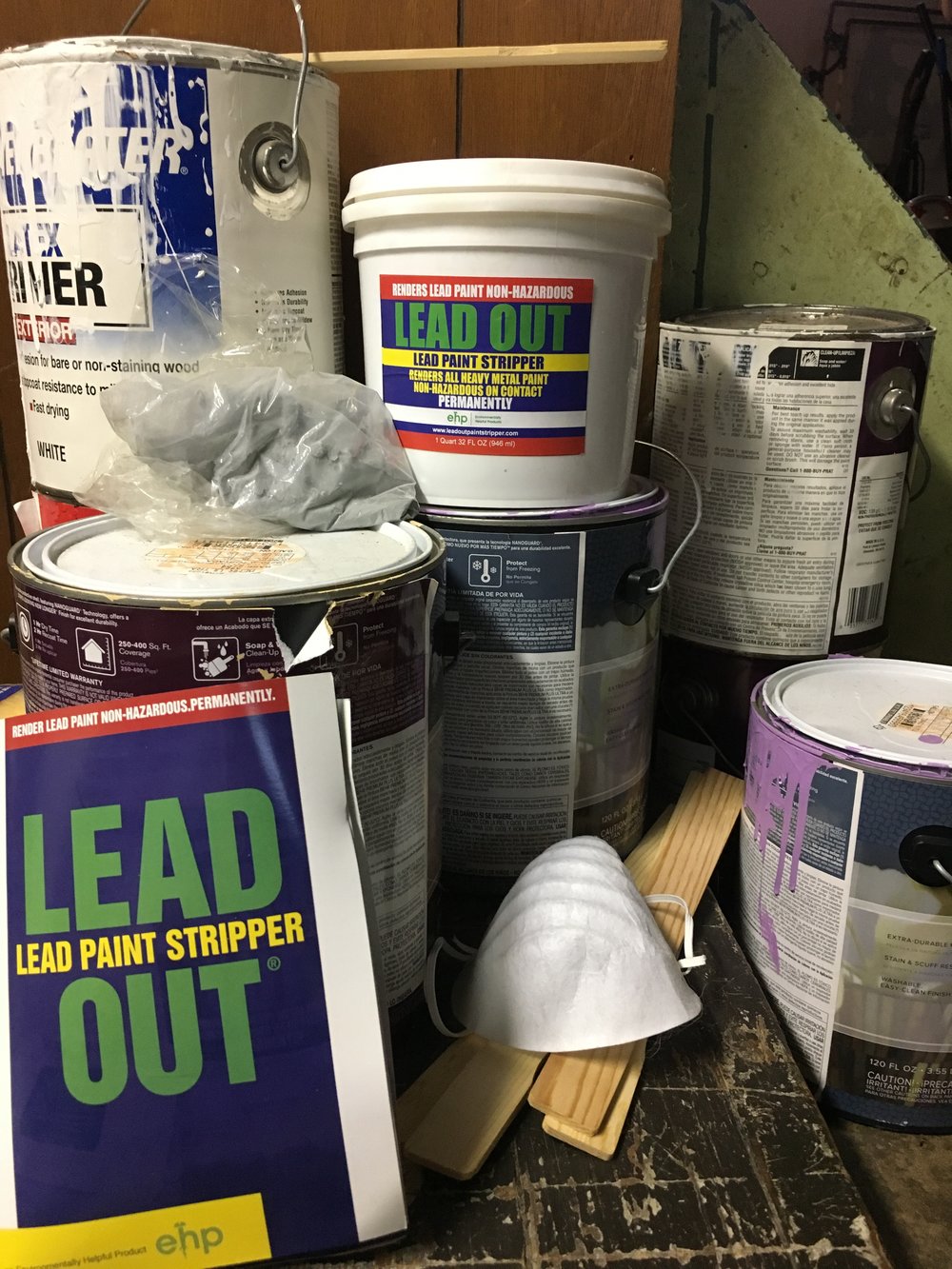
/cdn.vox-cdn.com/uploads/chorus_asset/file/19489736/cleanup_x.jpg)


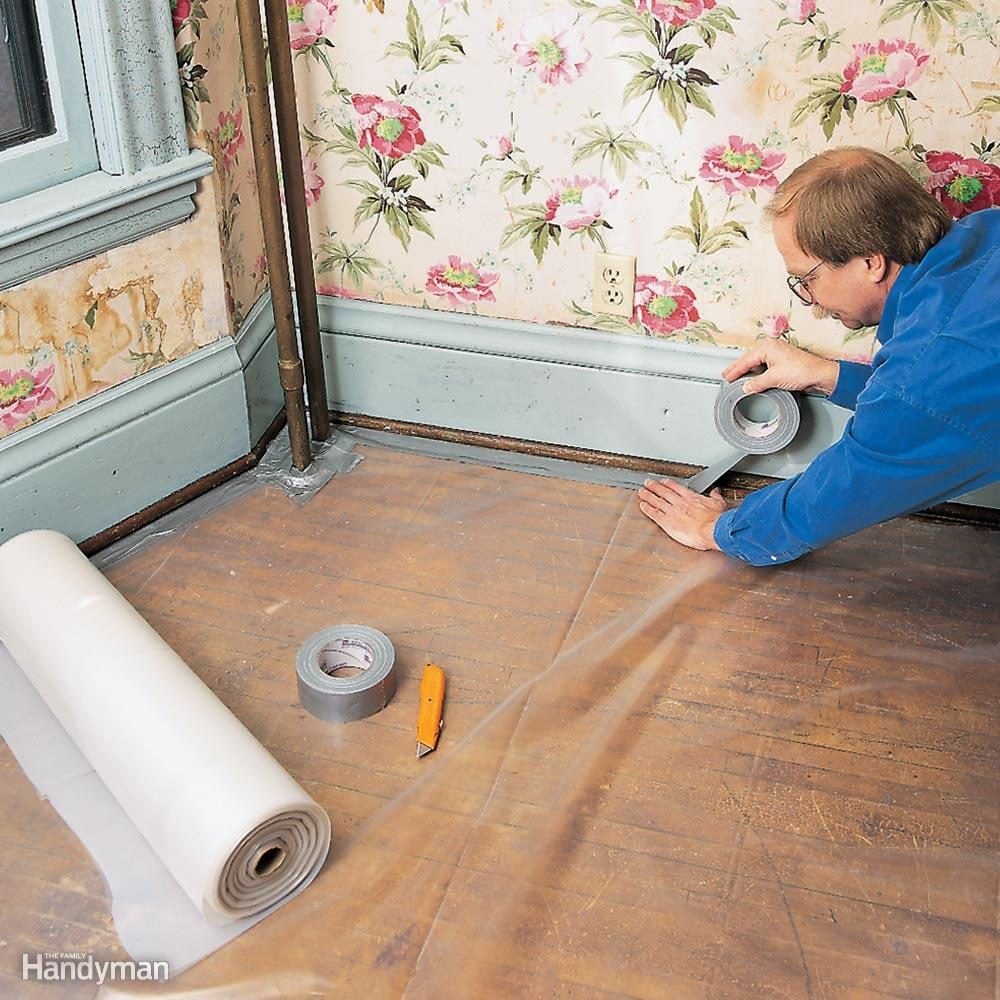
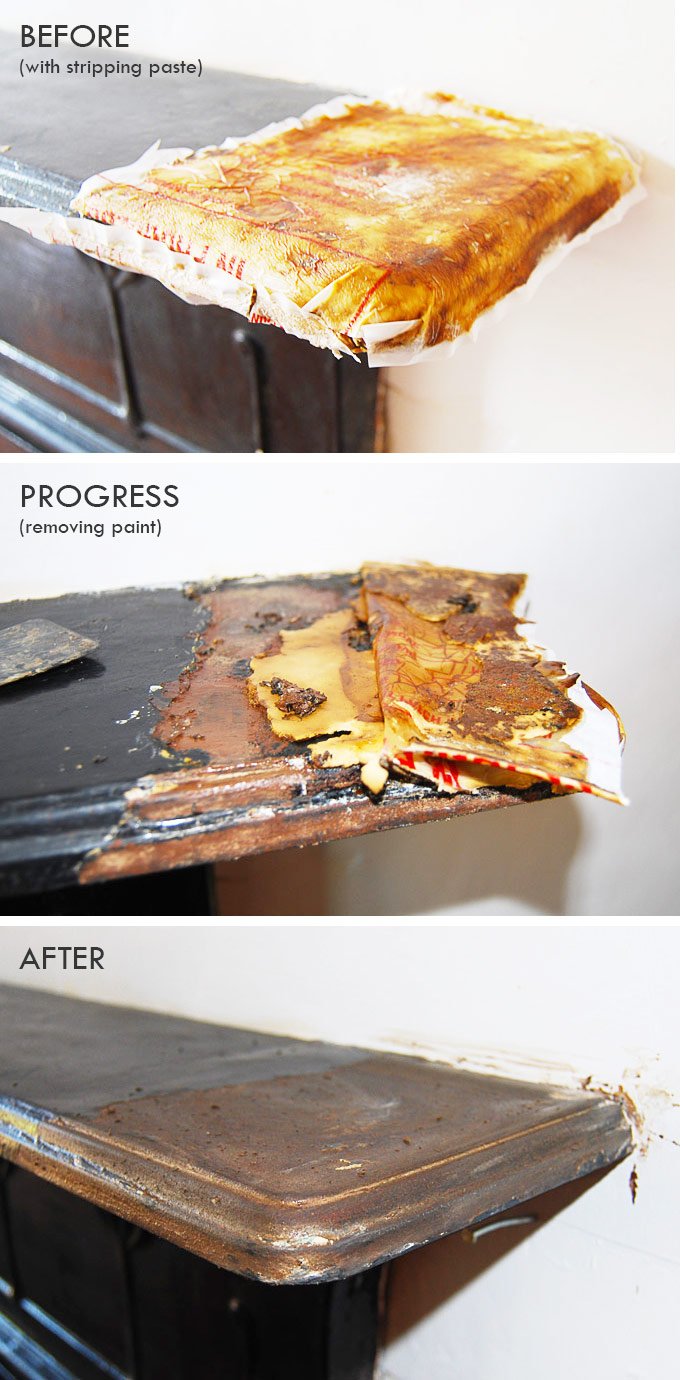
/cdn.vox-cdn.com/uploads/chorus_asset/file/19489437/winchester_strip_paint_03.jpg)
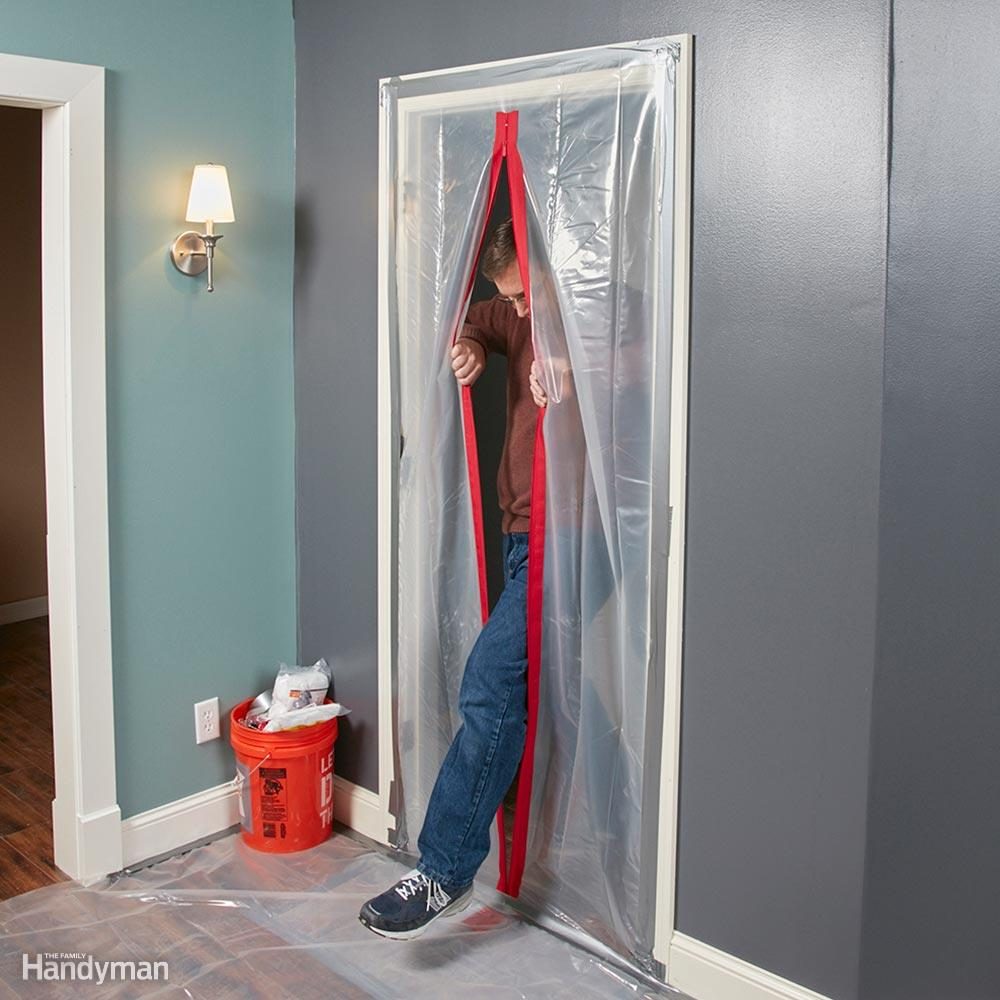
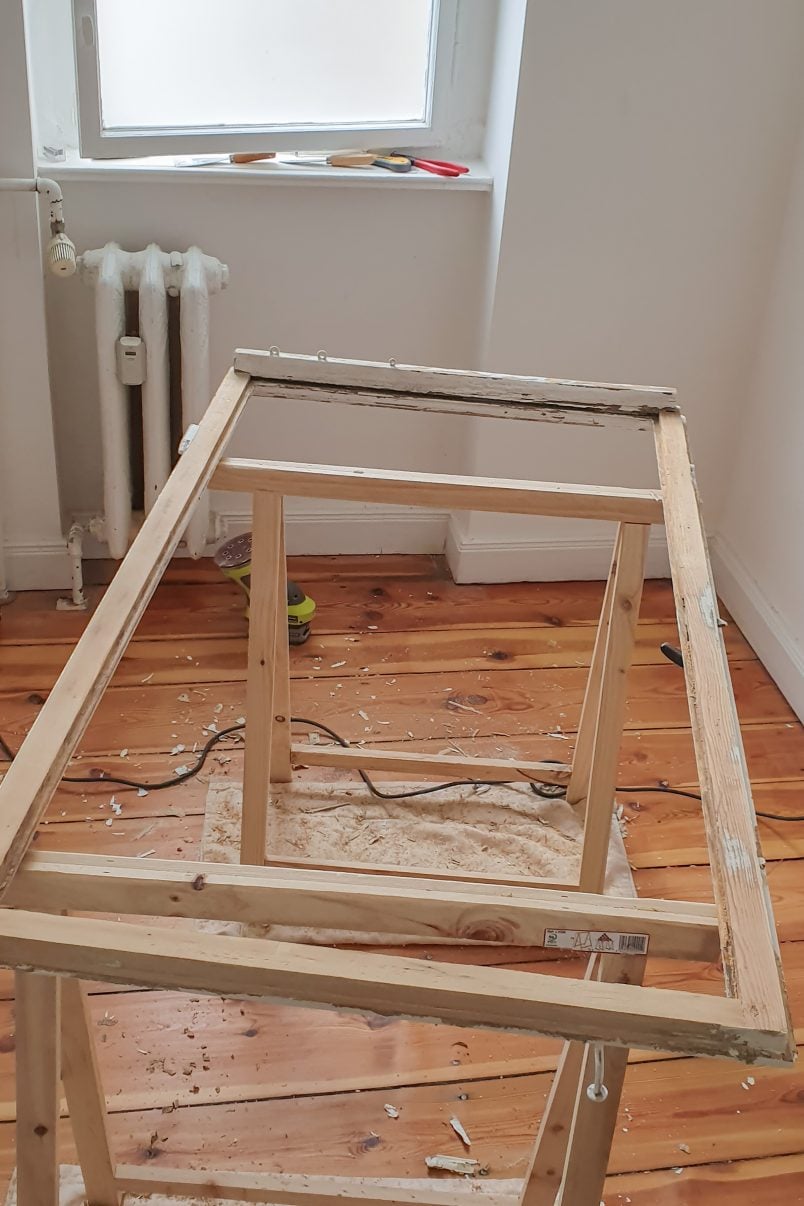
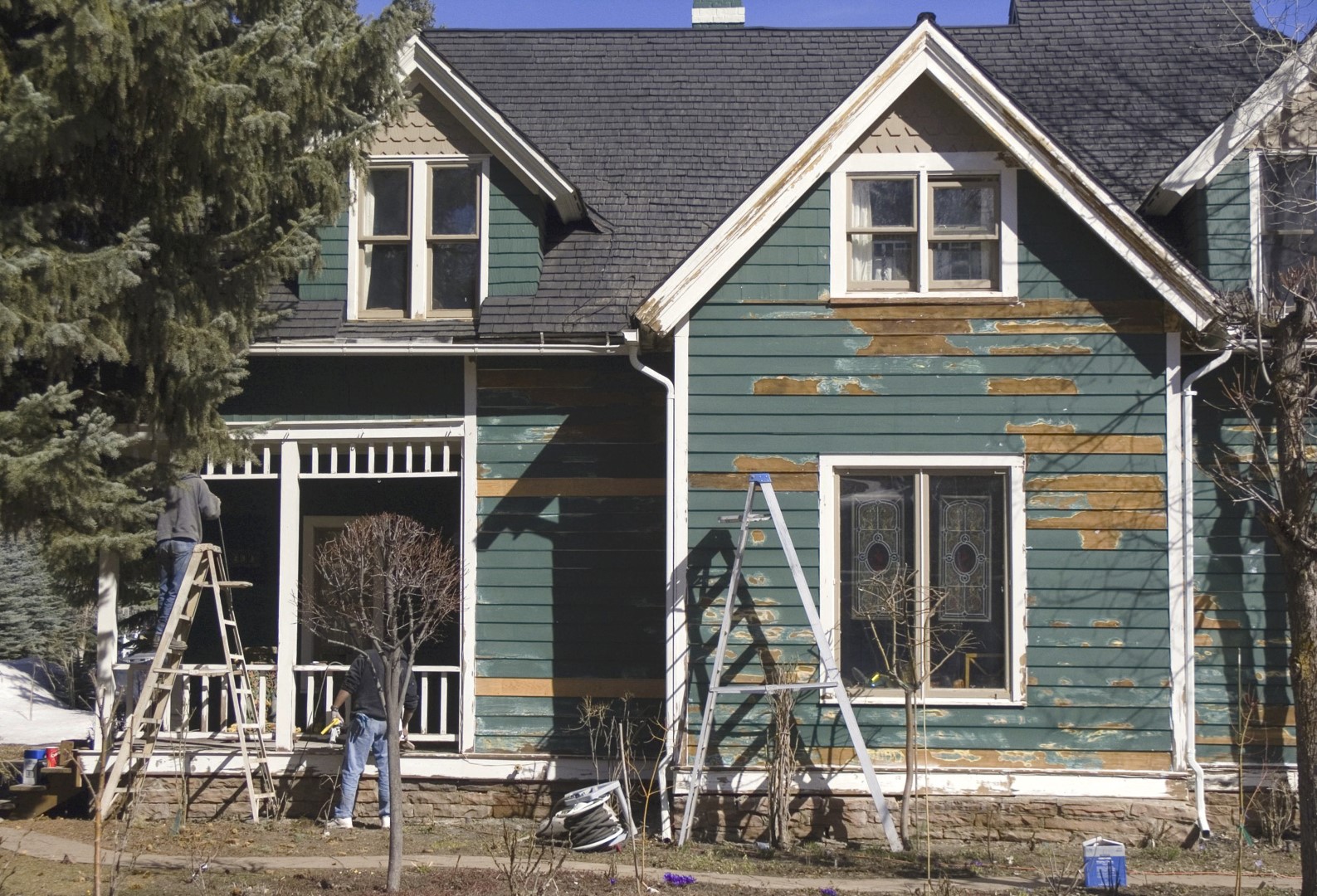
/cdn.vox-cdn.com/uploads/chorus_asset/file/20534281/LeadPaint_ShowingTestProcedure_29.jpg)

/cdn.vox-cdn.com/uploads/chorus_asset/file/16317455/shutterstock_749271490.jpg)
